NFIC 2021: Emerging Technologies of Artificial Intelligence and Beyond
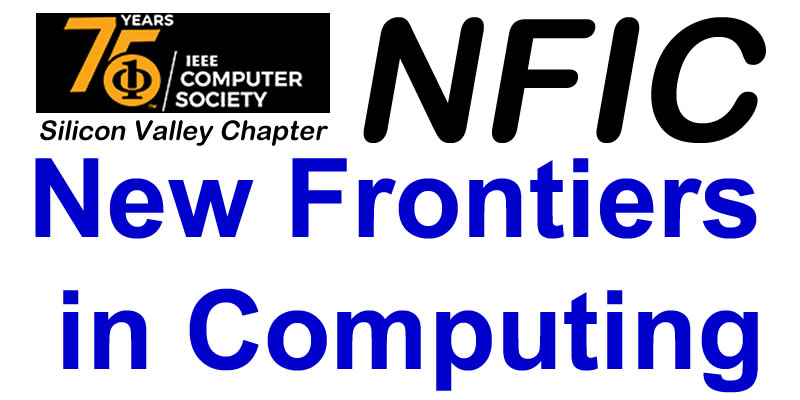 Date: Friday, September 10, 2021 from 1:00 PM – 7:00 PM
Date: Friday, September 10, 2021 from 1:00 PM – 7:00 PM
Speakers: Experts from Academia and Industry (see below)
Organized by IEEE SCV Computer Chapter, and North America Taiwanese Engineering and Science Association (NATEA), Silicon Valley Chapter
 Closing Keynote:
Closing Keynote:
The State of Robotics@Google –
Carolina Parada, Senior Engineering Manager, Google (38:50)
OVERVIEW (full details further below)
| Time (PST) | Presentation Title | Speaker | ||
| 1:00 – 1:10pm | Opening Remarks | PC Chairs | ||
| 1:10 – 2:10pm | Keynote Speech: AI Marketplaces | Kaladhar Voruganti, Senior Fellow, Equinix | ||
| 2:10 – 2:30pm | Social & Tea Break | |||
| 2:30 – 3:20pm | Wafer Scale Machine Learning | David Greenhill, Cerebras Systems Inc | ||
| 3:20 – 4:10pm | AIOps: Automating and Optimizing IT Operations Management with AI | Rama Akkiraju, IBM Research | ||
| 4:10 – 4:30pm | Social & Tea Break | |||
| 4:30 – 5:20pm | A Layered Approach for Bi-Inspired Distributed Active Perception | Fumin Zhang, Georgia Institute of Technology | ||
| 5:20 – 6:10pm | AI for Edge Service | Prakash Ramchandran, Emerging Open Tech Foundation | ||
| 6:10 – 7:00pm | Closing Keynote: The State of Robotics@Google | Carolina Parada, Senior Engineering Manager, Google | ||
| 7:00 – 7:10pm | Closing Remarks | (see details of talks, below …) | ||
| Conference General co-chairs — Dejan Milojicic, HPC — Younghee Park, SJSU — Gary Li, NATEAProgram co-chairs — Wencen Wu, San Jose State University — Kaladhar Voruganti, Senior Fellow, Equinix — Rockwell Hsu, NATEA
Steering Committee
Webmaster |
Program Committee — Ray Sun — Vishnu Pendyala — Howard Ho — Andy Chang — Sachin Desai — John Swan — Kevin Cameron — Marcelo Siero — Debopriya Choudhury — Harry Li, San Jose State University — Wenbo Yin — Selvan Raju — Harlen Bains — Howard Ho |
PROGRAM
| 1:00 PM: | Introductions and Opening Remarks |
| 1:10 PM: | AI Marketplaces – Kaladhar Voruganti, Senior Fellow, Technology and Architecture, in the Office of the CTO, Equinix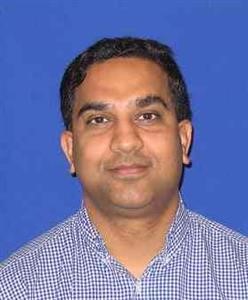 Abstract: Throughout history of AI, we have seen major transformational changes that have made AI algorithms more accurate and accessible to the masses. In first-generation AI systems, human experts manually entered rules (e.g. via LISP, Prolog languages) to control systems, but these systems were mostly brittle, and couldn’t solve real-life problems. Then with the advent of big data and big compute (e.g. re-purposing of GPUs for deep learning), we entered the realm of second-generation AI systems, where it became possible to improve the accuracy of AI systems to match … [more] Abstract: Throughout history of AI, we have seen major transformational changes that have made AI algorithms more accurate and accessible to the masses. In first-generation AI systems, human experts manually entered rules (e.g. via LISP, Prolog languages) to control systems, but these systems were mostly brittle, and couldn’t solve real-life problems. Then with the advent of big data and big compute (e.g. re-purposing of GPUs for deep learning), we entered the realm of second-generation AI systems, where it became possible to improve the accuracy of AI systems to match … [more] |
| 2:30 PM: | Wafer Scale Machine Learning – David Greenhill, Senior Director, Cerebras Systems Inc Abstract: Cerebras Systems has developed and delivered to customers worldwide the fastest AI compute system. The Cerebras CS-1 contains the Wafer Scale Engine (WSE), the largest chip ever made — 56 times larger than the competition, with 1.2T transistors, 400,000 AI-optimized cores and 18 Gigabytes of high-speed on-chip memory. WSE-2 more than doubles this performance with 2.6T transistors and 850,000 AI optimized cores. In this talk, we’ll give an overview of the design of the WSE … [more] Abstract: Cerebras Systems has developed and delivered to customers worldwide the fastest AI compute system. The Cerebras CS-1 contains the Wafer Scale Engine (WSE), the largest chip ever made — 56 times larger than the competition, with 1.2T transistors, 400,000 AI-optimized cores and 18 Gigabytes of high-speed on-chip memory. WSE-2 more than doubles this performance with 2.6T transistors and 850,000 AI optimized cores. In this talk, we’ll give an overview of the design of the WSE … [more] |
| 3:20 PM: | AIOps: Automating and Optimizing IT Operations Management with AI – Rama Akkiraju, IBM Fellow and CTO, IBM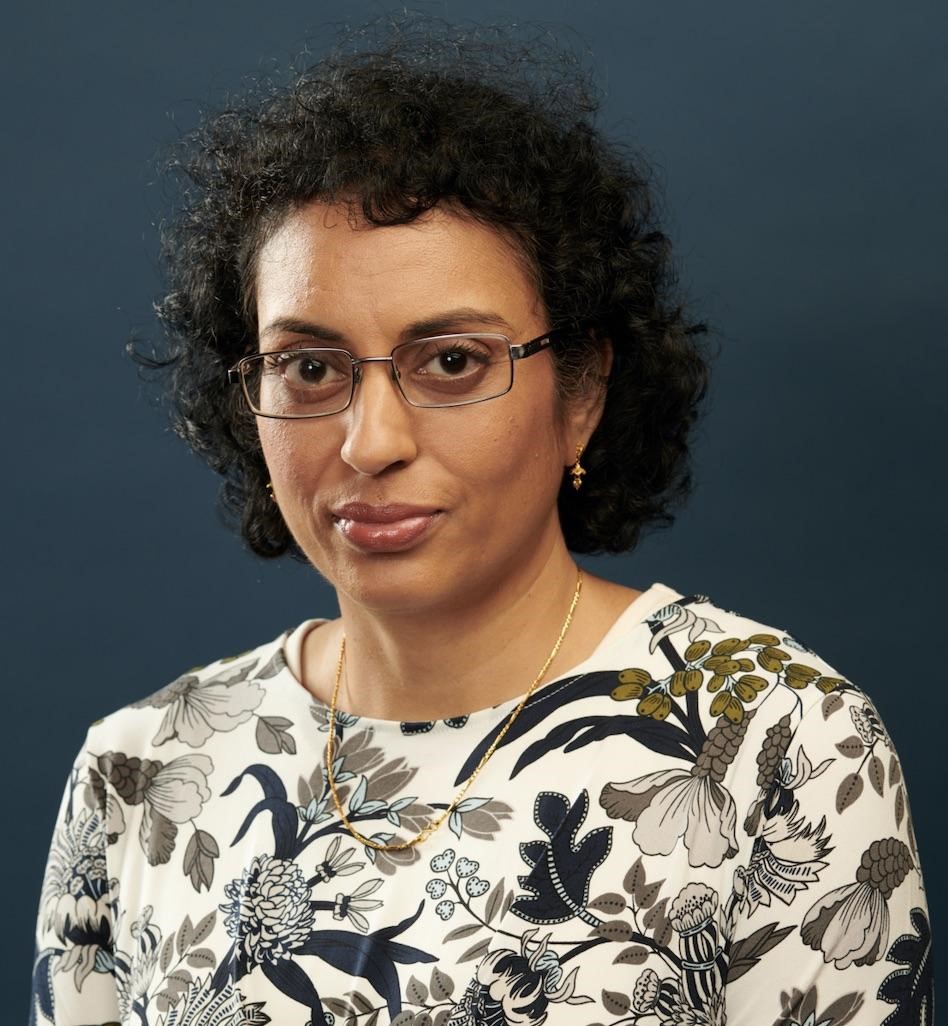 Abstract: The vision of self-aware, self-healing, and self-managing Information Technology (IT) systems has remained elusive until recently. Recent advancements in Cloud computing, Natural Language Processing (NLP), Machine Learning (ML), and Artificial Intelligence (AI) in general, are all making it possible to realize this vision now. AI can optimize IT operations management processes by increasing application availability, predicting and detecting problems early, reducing the time it takes to resolve problems, proactively avoiding problems … [more] Abstract: The vision of self-aware, self-healing, and self-managing Information Technology (IT) systems has remained elusive until recently. Recent advancements in Cloud computing, Natural Language Processing (NLP), Machine Learning (ML), and Artificial Intelligence (AI) in general, are all making it possible to realize this vision now. AI can optimize IT operations management processes by increasing application availability, predicting and detecting problems early, reducing the time it takes to resolve problems, proactively avoiding problems … [more] |
| 4:30 PM: | A Layered Approach for Bi-Inspired Distributed Active Perception – Prof. Fumin Zhang, Georgia Institute of Technology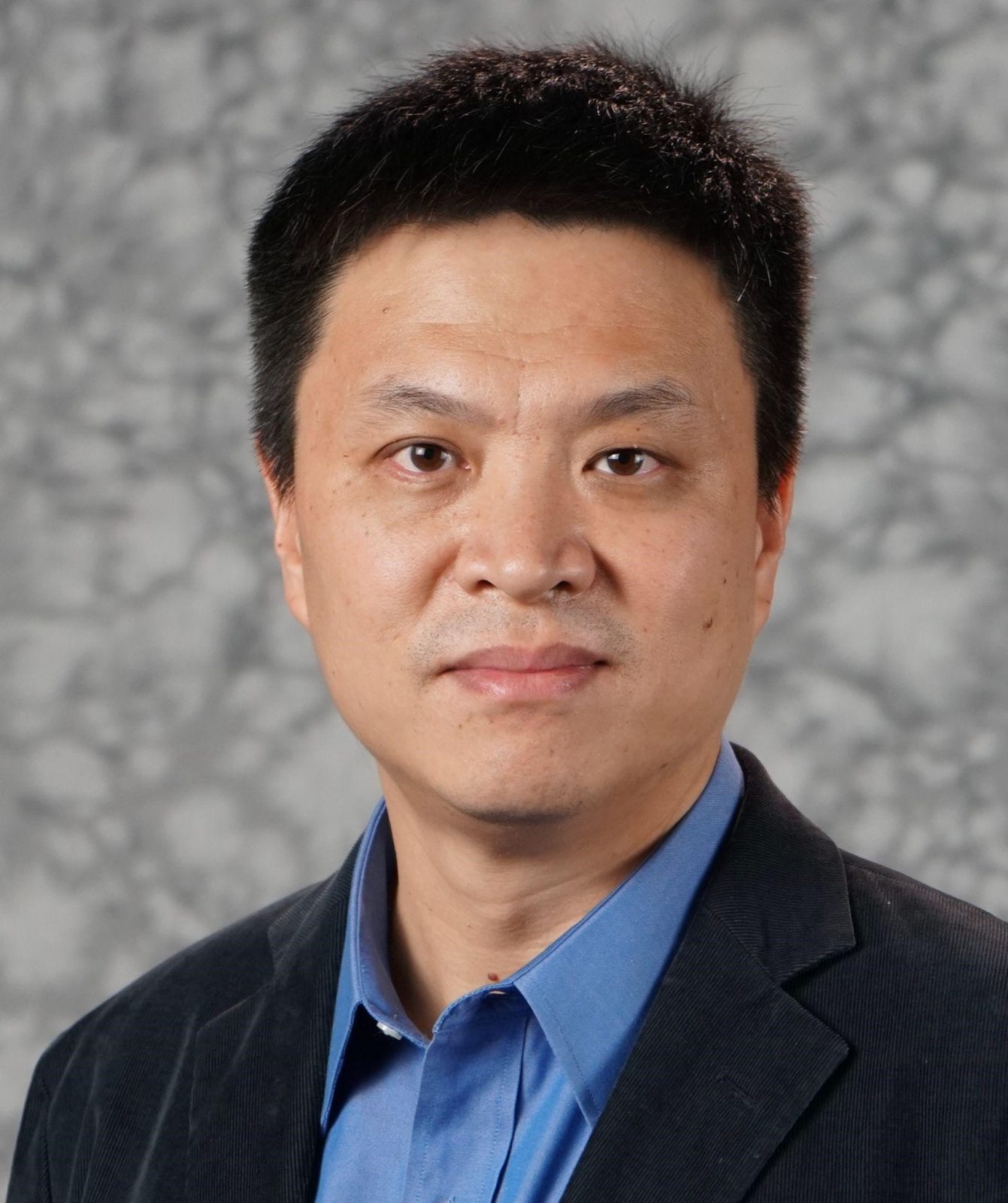 Abstract: There is a perceivable trend for robots to serve as networked mobile sensing platforms that are able to collect data in challenging environments with difficulty for localization and communication. The need for undisturbed operation of search and monitoring creates higher goals for sustainable autonomy. We propose a layered approach to achieve signal propagation over large swarms through active perception. Biological evidence from fish swarms has shown that active perception is used by animals to allow fast response to stimulations … [more] Abstract: There is a perceivable trend for robots to serve as networked mobile sensing platforms that are able to collect data in challenging environments with difficulty for localization and communication. The need for undisturbed operation of search and monitoring creates higher goals for sustainable autonomy. We propose a layered approach to achieve signal propagation over large swarms through active perception. Biological evidence from fish swarms has shown that active perception is used by animals to allow fast response to stimulations … [more] |
| 5:20 PM: | AI for Edge Service – Prakash Ramchandran, Co-Founder, Emerging Open Tech Foundation, and Technical Staff, Dell Inc. Abstract: The acceleration of Digital Transformation due to the pandemic has led to rapid standardization of Edge platforms to work in tandem with Cloud and to focus on service they can deliver to consumers and enterprises all working remotely. Edge Clou, which is located anywhere from end user device to core, has embraced the concept of nodes and clusters with micro to nano data center form factors to deliver overlay micro services (SaaS) from the Edge with containers and VM workloads … [more] Abstract: The acceleration of Digital Transformation due to the pandemic has led to rapid standardization of Edge platforms to work in tandem with Cloud and to focus on service they can deliver to consumers and enterprises all working remotely. Edge Clou, which is located anywhere from end user device to core, has embraced the concept of nodes and clusters with micro to nano data center form factors to deliver overlay micro services (SaaS) from the Edge with containers and VM workloads … [more] |
| 6:10 PM: | Closing Keynote: The State of Robotics@Google – Carolina Parada, Senior Engineering Manager, Google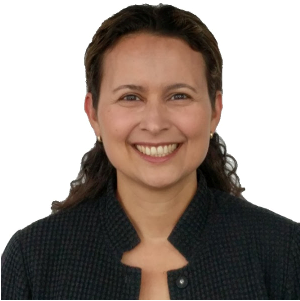 Abstract: Robotics@Google’s mission is to make robots useful in the real world through machine learning. We are excited about a new model for robotics, designed for generalization across diverse environments and instructions. This model is focused on scalable data-driven learning, which is task-agnostic, leverages simulation, learns from past experience, and can be quickly adapted to work in the real-world … [more] Abstract: Robotics@Google’s mission is to make robots useful in the real world through machine learning. We are excited about a new model for robotics, designed for generalization across diverse environments and instructions. This model is focused on scalable data-driven learning, which is task-agnostic, leverages simulation, learns from past experience, and can be quickly adapted to work in the real-world … [more] |
